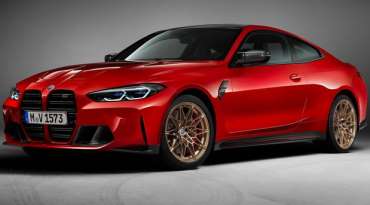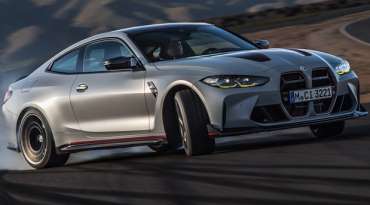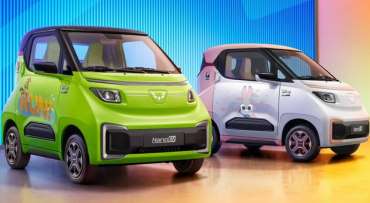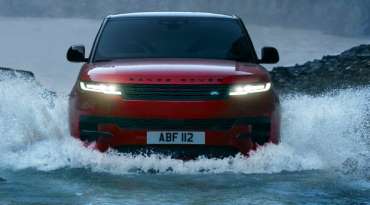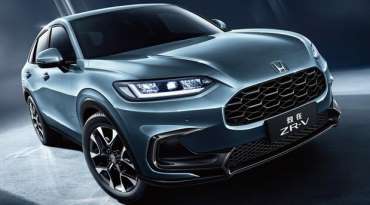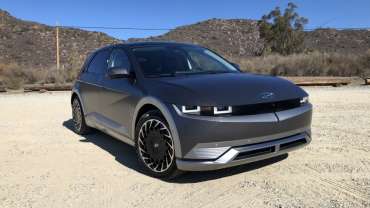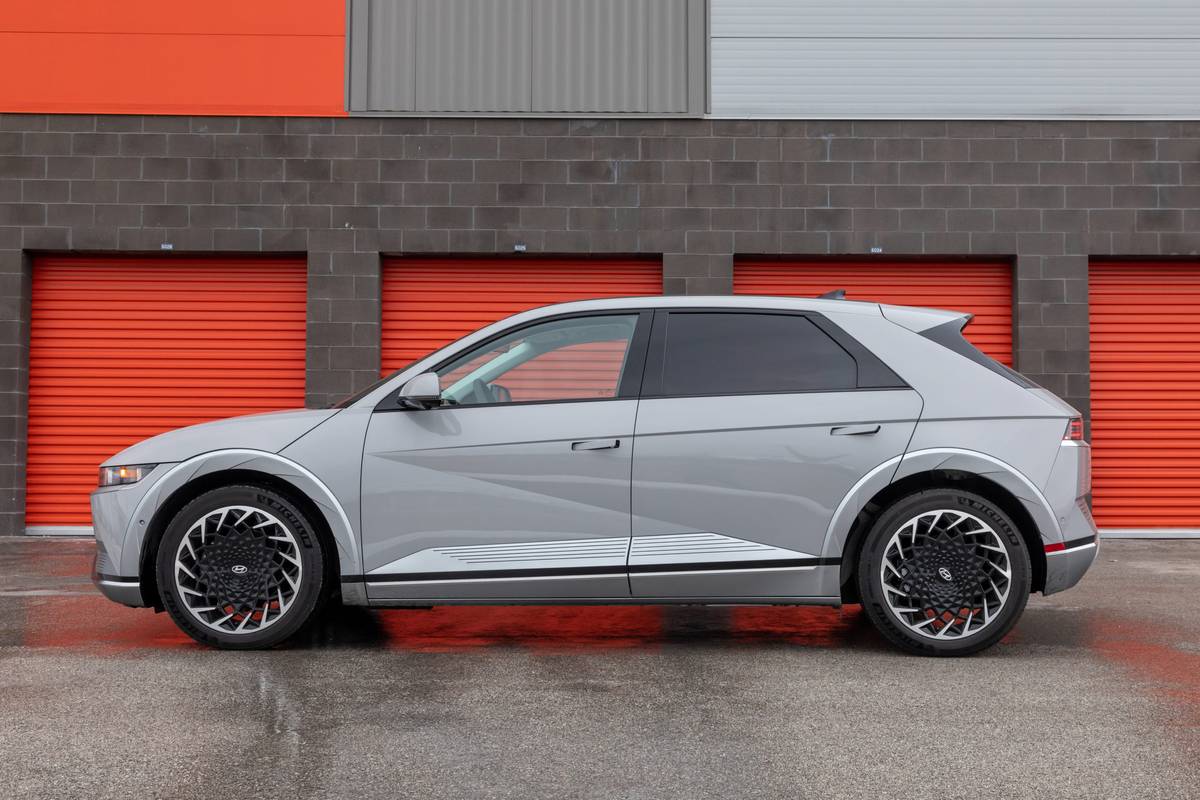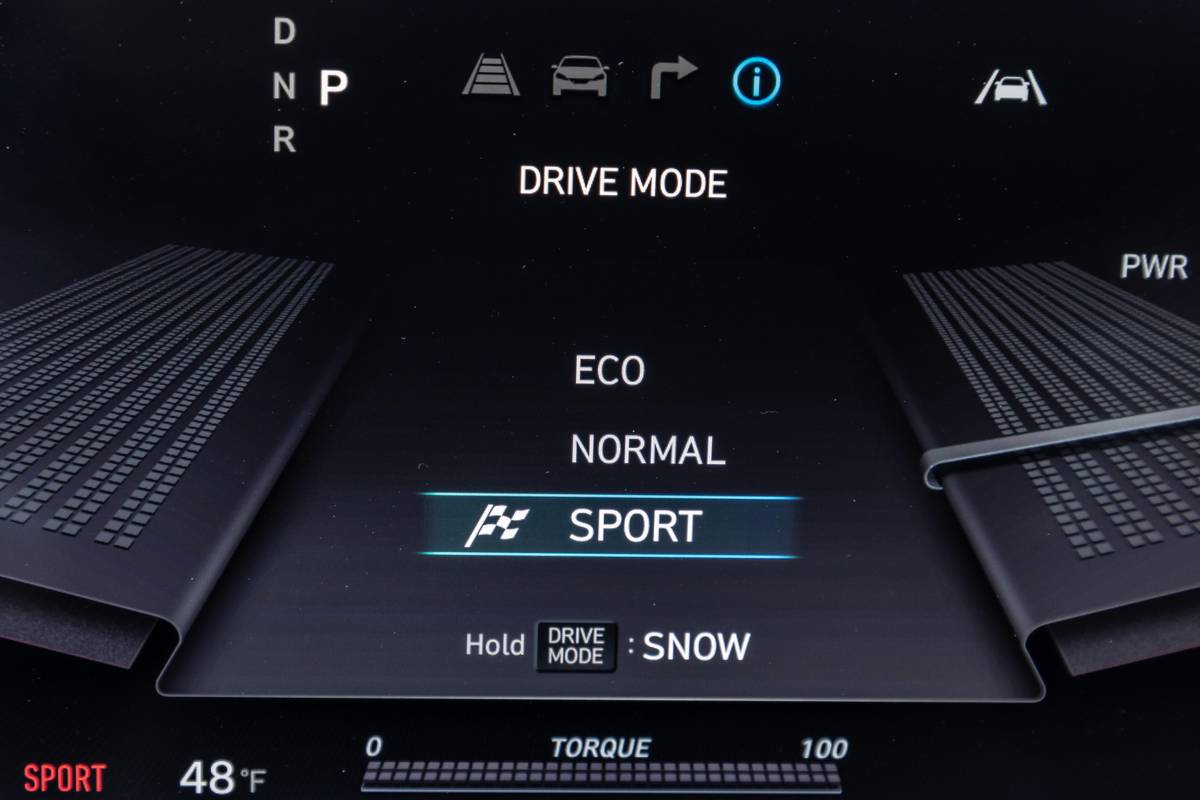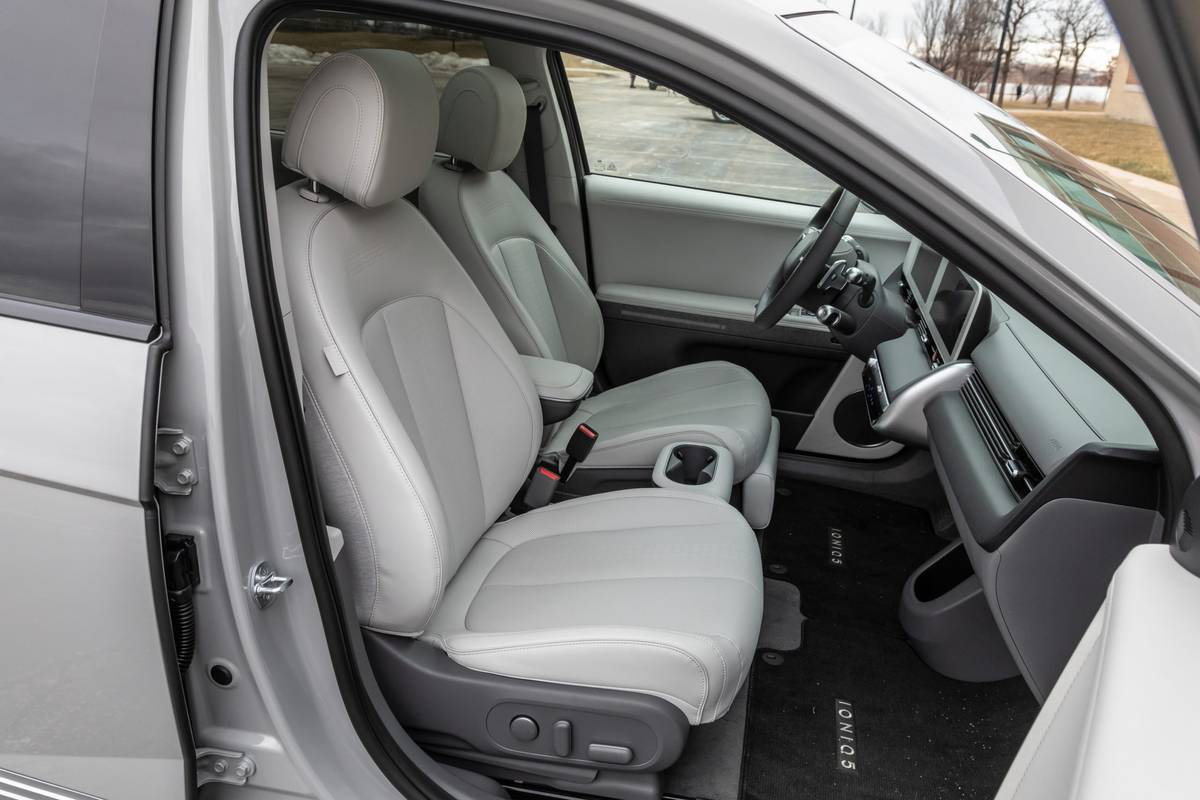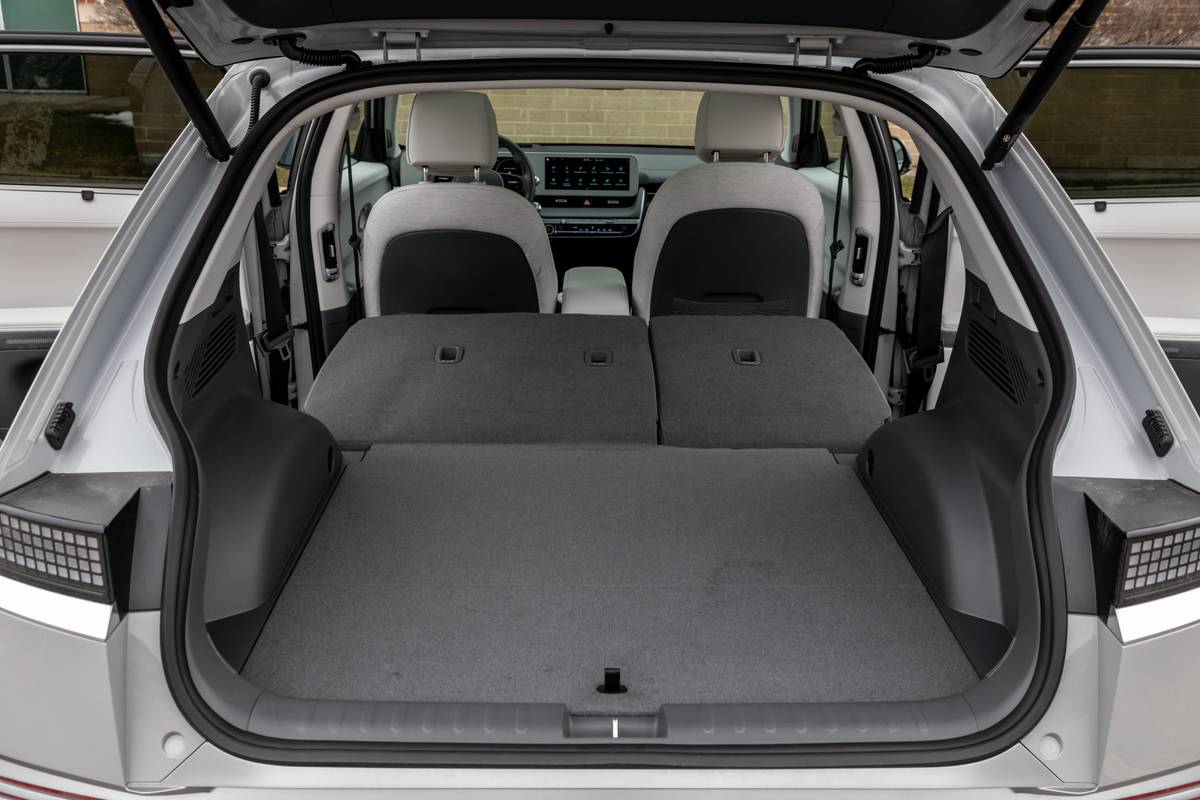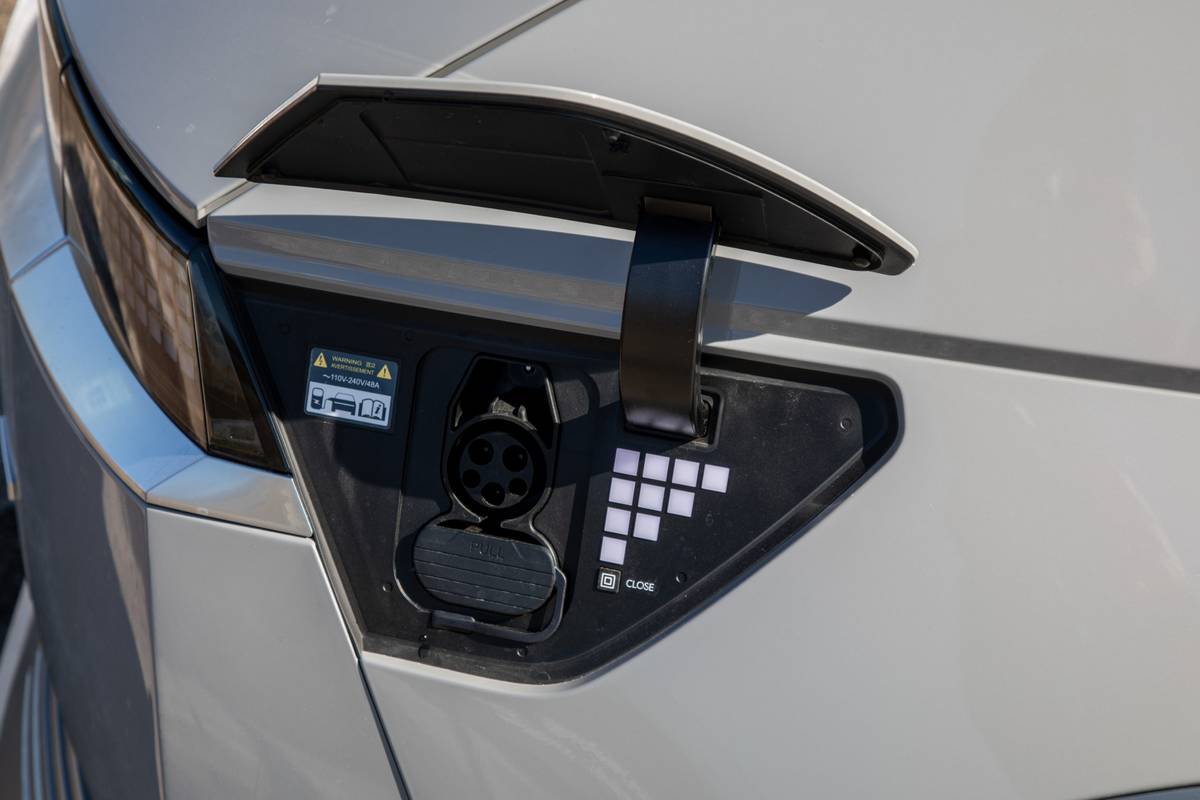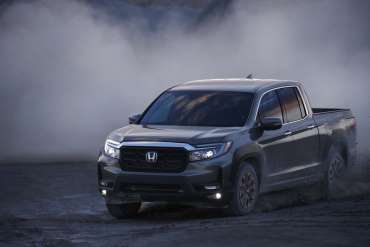The verdict: The first affordable electric SUV without a defining flaw, the Ioniq 5 has a comfortable ride and plenty of space — and it’s relatively simple to operate — but some of its best features can be had only on the Limited trim level for thousands of dollars more. As of its launch, the Ioniq 5 is on sale in 26 states.
Versus the competition: Even at its worst, the Ioniq 5 is average in its class, with a low tow rating and a need for more real buttons on the dashboard, but it shines when it comes to occupant and cargo room, ride quality and overall efficiency. At compatible DC fast-charging stations, it also charges faster than almost all its competitors.
I’ve been waiting for an electric vehicle like the 2022 Hyundai Ioniq 5. It’s the first of several new affordable SUV-ish models that doesn’t have a defining shortcoming: The Ford Mustang Mach-E doesn’t ride well and has dismal brake-pedal feel, the Volkswagen ID.4 is plagued by an overabundance of touch-sensitive controls, and the Volvo XC40 Recharge’s underlying inefficiency diminishes its range and charging speed. The Tesla Model Y rides too firmly for some roads, has no instrument panel and is no longer eligible for a federal tax credit. (If the Model Y seems higher-priced than the others mentioned here, it’s partly because Tesla sells direct and actually raises its list prices. Not reflected in the other models’ MSRPs is the higher transaction prices that are also happening for those vehicles.)
We do have some bones to pick with the Ioniq 5; they just aren’t as big — individually or combined — as the ones mentioned above. Just so you’re aware, one drawback that stands out is the fact that the Ioniq 5’s cabin can’t be preconditioned when it’s connected to a charger if you remote-start using the key fob. (The heating or air conditioning does activate when not attached to the charger.) In order to carry out this important step, which helps preserve battery power for driving range before departing, you must use a smartphone app and Bluelink subscription — complimentary for only three years then $198 per year afterward (or as little as $93.67 per year if you pay three years in advance). Presumably you can program the car to precondition for a planned departure while it’s plugged in, but any unplanned trip requires Bluelink. Hyundai has done this kind of thing for years with its gas-powered cars, but now that it has remote-start on its remotes, preconditioning should work forever, for free. It’s a cornerstone of electric motoring, and Nissan, to name one brand, has maintained the functionality free, even on older Leafs.
Note that the Ioniq 5 and new 2022 Kia EV6 weren’t available for thorough evaluation when we were deciding on our Best Electric Vehicle of 2022, which we granted to the Model Y. Cars.com is preparing to include all these models in a comprehensive multi-vehicle comparison test that will reveal more, but after my time with the Ioniq 5, it seems a strong candidate for next year’s award deliberations. We’ve already called it out as a Top EV Pick for families.
Versions & Ranges
The Ioniq 5 comes in SE, SEL and Limited trim levels. We tested a Limited with all-wheel drive, which is optional on all trims (rear-wheel drive is standard). If you want the Ioniq 5’s longest range, you’ll have to stick with RWD, which brings an EPA-estimated 303-mile range in favorable conditions. AWD drops the range to an estimated 256 miles. Not noted on this comparison on the EPA site is a “standard-range” RWD Ioniq 5, which has a smaller battery but is not sold in the U.S. Corporate sibling Kia does offer two battery sizes here for the Ioniq 5’s sister model, the EV6.
As of launch, the 2022 Ioniq 5 is only a bit more widely available than its predecessor. It’s offered in 26 states, including Arizona, California, Colorado, Connecticut, Florida, Georgia, Illinois, Louisiana, Massachusetts, Maryland, Maine, Missouri, North Carolina, New Jersey, New Mexico, Nevada, New York, Ohio, Oklahoma, Oregon, Pennsylvania, Texas, Utah, Virginia, Washington and Wisconsin.


